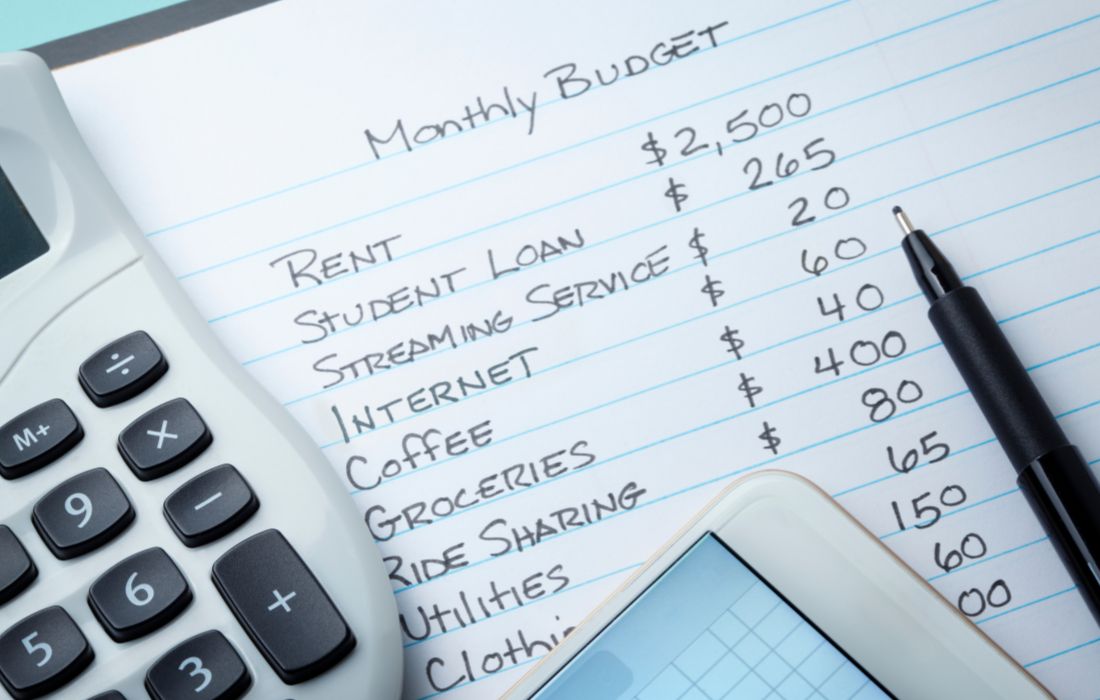Mastering Your Budget: Balancing Needs and Wants for Financial Freedom
Navigating the complexities of personal finance begins with a fundamental skill: distinguishing between your needs and wants. This understanding is not just about categorization; it’s the cornerstone of achieving financial freedom. We delve into practical strategies for managing these two critical aspects of your budget, helping you pave the way toward a financially secure future.
Disclosure: This post may contain affiliate links, which means we may receive a commission if you click a link and purchase something we have recommended. This commission comes at no additional cost to you. Thank you for all the support. You can read our full privacy policy here.
Understanding Financial Needs
What Constitutes a Need?
Needs are your non-negotiable expenses, crucial for your day-to-day living and work. Typically, they consume a significant portion of your income. These include:
- Housing
- Transportation
- Utilities
- Food
- Insurance
But here’s the twist: not all needs are created equal. For instance, while food is a necessity, dining out frequently is a want. Similarly, a basic phone plan is a need, but a high-end plan with extra features might lean towards a want.
📲 There are apps to help you with every aspect of budgeting and living within your means – 5 Budgeting Apps to Keep You on Track

Identifying Your Financial Wants
The Luxury of Wants
Wants are expenses that enhance your lifestyle but aren’t essential for your survival. These can range from that morning latte at Starbucks to vacations, high-end gadgets, and premium entertainment subscriptions. While wants add comfort and enjoyment to life, they require careful handling to prevent financial imbalance.
➡️ Ready to turn financial stress into financial success? Our most popular post shows you exactly how ⇨ Organizing Your Finances
Effective Budgeting Strategies
Creating a Balanced Budget
The key to a successful budget is balance. A popular guideline suggests allocating 50% of your income to needs, 30% to wants, and 20% to savings and debt repayment (the 50/30/20 Budget Rule). But how do you achieve this balance?
- List and Categorize: Start by listing all your expenses, from groceries to your streaming services. Categorize them under ‘needs’ and ‘wants.’
- Analyze and Adjust: Examine your current spending. If you’re overspending on wants, it’s time for a change. Look for ways to trim your expenses, like opting for a more affordable phone plan or switching to lower-cost insurance providers.
- Creative Cost-Cutting: Reducing spending on wants doesn’t mean elimination. It’s about being smarter – choose a budget-friendly vacation or shop for clothes using shopping apps and extensions that offer discounts.
- Use Budgeting Tools: Consider budgeting apps like Simplifi by Quicken and Empower, which can help you track and manage your expenses effectively.
💸 What are things you’re spending money on that you could allocate more effectively elsewhere? – Money Wasters You Can Cut From Your Budget

Tailoring the 50/30/20 Rule for You
The beauty of the 50/30/20 budgeting rule lies in its adaptability. It’s a starting point, not a strict mandate. If your living costs are high, it might mean allocating more to ‘needs’. Or, if you’re aiming for an ambitious financial future, perhaps you’ll boost your savings slice. The idea is to mold the rule to fit your life’s unique financial landscape – making your budget realistic and aligned with your personal goals. Remember, flexibility in budgeting is key to creating a plan that truly works for you.
📈 No more tearing your hair out in front of an Excel spreadsheet – try one of these specialty apps instead – Budgeting Apps to Simplify Life
Next Steps
Mastering the art of budgeting for your needs and wants is a journey of self-awareness and discipline. Applying these strategies lets you enjoy life’s luxuries without compromising your financial health.
Remember, effective budgeting isn’t about restriction; it’s about making smarter choices that align with your financial goals. How do you balance your needs and wants? Share your strategies in the comments below, or try our budgeting template below ⬇⬇ to kickstart your personalized financial plan.
Access Our Insider News
Get our newsletter filled with practical tips on personal finance, organizing, and productivity. Plus, reviews of our favorite podcast episodes, resources, and books. ✨ Sign Up for Our Newsletter ✨ for your gateway to a more organized and financially savvy lifestyle.




